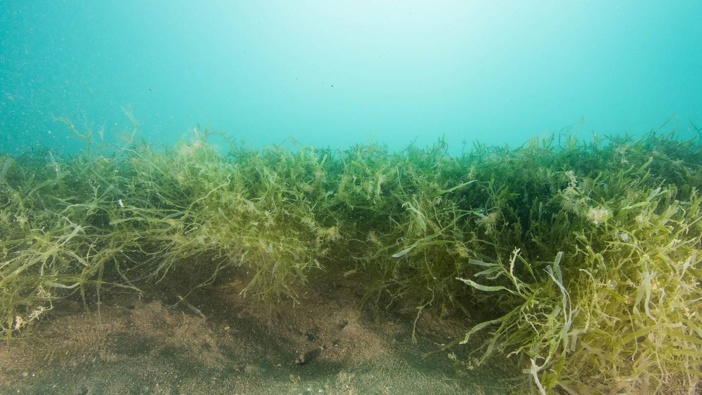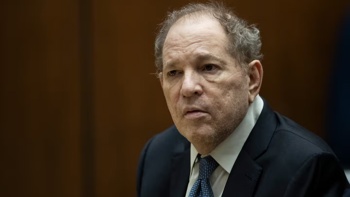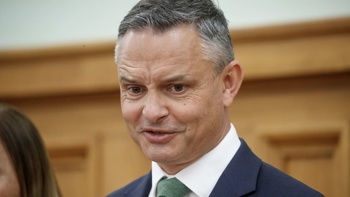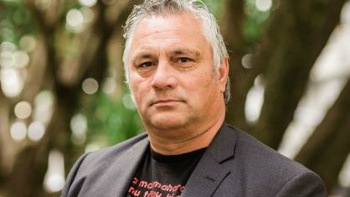Labour announced yesterday that ‘bottom trawling and Danish seining will be banned in most of the Hauraki Gulf as part of a plan to better protect the 1.2-million-hectare marine park.’
They have four options going for public consultation next week, one of them stipulating that ‘bottom-trawling would be banned from 89 per cent of the Gulf. Currently, 27 per cent of the Gulf is closed to bottom trawling and Danish seining fishing methods.’
Bottom trawling involves dragging weighted nets over the seafloor to catch fish.
Danish seining, I had to look up because I had no idea what that was, but it’s apparently ‘similar to a small trawl net, but the wire warps are much longer and there are no otter boards. The seine boat drags the warps and the net in a circle around the fish. The motion of the warps herds the fish into the central net,’ according to Wikipedia.
So is the Government’s announcement yesterday of looking to ban this in most of the Hauraki Gulf, too little too late though?
Because we have a massive problem in the Gulf that the Government’s arguably dropped the ball on, and it’s not trawlers, it’s seaweed.
Two years ago an invasive and destructive seaweed named Caulerpa, you may've heard about it already, was detected around Great Barrier Island.
It reportedly spreads rapidly and suffocates the seabed, resulting in a loss of 50 percent of our fish biomass and 30 percent of our marine biodiversity.
So what did the government do about this?
Well, MPI implemented a monitor and observe strategy, despite Caulerpa causing catastrophic and irreversible marine damage in different parts of the world, the Ministry responsible for our oceans' biosecurity, have spent two years ‘aggressively monitoring’.. as it’s spread rapidly along our North Eastern coastline.
So have they shown enough readiness and urgency in tackling this?
Given it’s one of the most harmful species to take up residence on our coastlines, I’d argue not. Caulerpa is now so widespread on the western coast of Great Barrier Island, that it’s spread to the Mercury Islands, Bay of Islands and Waiheke Island.
That’s a huge amount of coverage in an area described as Auckland’s ‘jewel in the crown’.
And bear in mind, they’ve known about this for more than two years.
So arguably we’re now at a critical point - a three month window before summer arrives - water temperature increases and boat and fishing activity peaks - all of which is a perfect storm for the seaweed to flourish and entirely smother our ocean seabed.
Internationally, if you look at experience from North America where the weed’s been suppressed, contained and eradicated, it shows that immediate action between government and communities delivered a successful result.
Here, mana whenua, community groups, local and international scientists have all voiced their concerns about the extreme threat Caulerpa poses to our coastline's biodiversity and ecosystems.
They’ve even offered up a range of solutions that they all agree on, despite their frustrations at how slow government has been to act on this in any decisive fashion.
They’ve agreed on how to combat it, ways to suppress the spread, investment that will enable community to take a localised approach to dealing with surveillance, extraction and monitoring.
And yet what’s the Government doing? Monitoring and observing - and at this rate, all that's doing is allowing the killer algae to spread.
Take your Radio, Podcasts and Music with you










